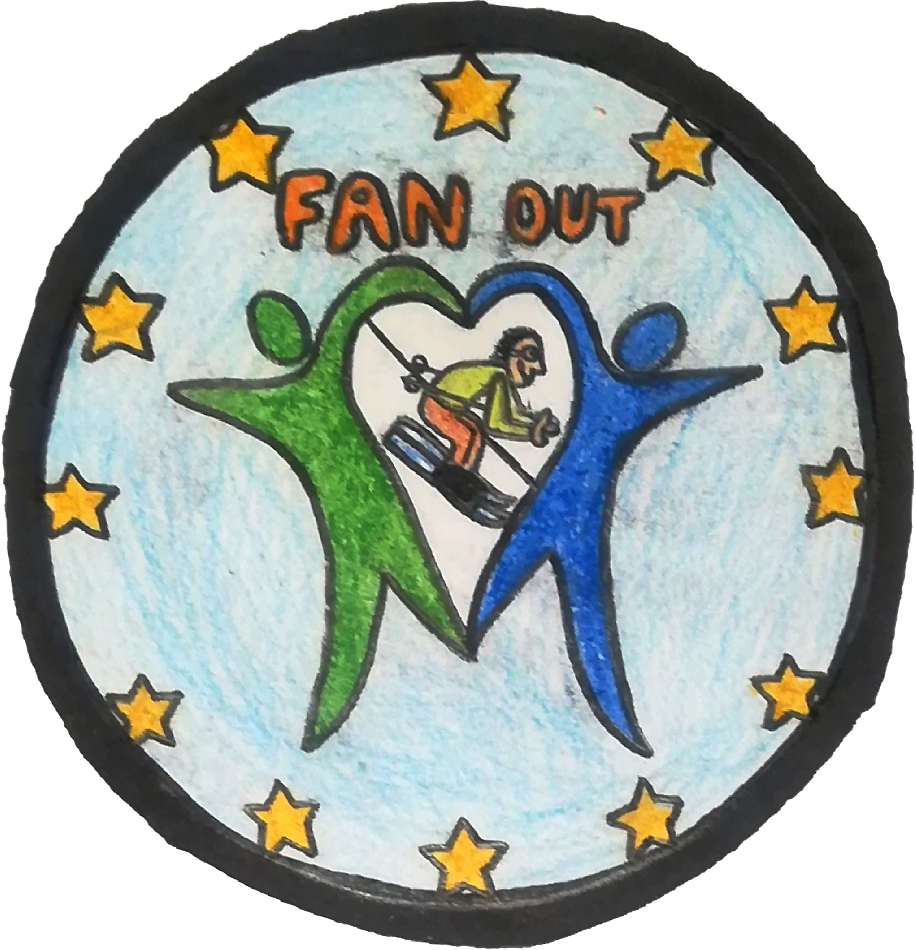CSÜRKÖZÉS

FIGHT GAMES

GAME

CHILDREN

TEAMS

NO CLUB

PHYSICAL CONDITION IMPROVEMENT
Keramidakia
How is it played? (Rules)
Game rules and strategies
A field-keeper must be selected from the team. Place the «csürök» on a given point of the path, next to the field-keeper, but not too close, not to be hit – usually 3-4 meters away.
The line is 10-15 meters behind the «csürök» and the players stand behind this, each with a 60-90 cm long stick. The field-keeper also has such a stick, but he can also play with a 160-180 cm long stick.
The members of the throwing team throw theirs sticks one by one (horizontally) to the «csürök», aiming to hit it away. If the somebody couldn’t hit the «csürök», the next one may be thrown. However, there is a risk of big throws, the thrower can not find it, it will be harder to pick up.
If a thrower hits the «csürök», the «csürök» hits the ground, or – by a stronger hit – it flew far away. Then everybody who had thrown its stick run out. Anyone who did not throw it would stay behind the line. The goal of the throwers is to get back to the line after the stick is picked up. The thrower can pick up any stick, but you can only pick one stick. It is against the rules to throw it behind the line or give it to your partner. In short: whatever stick you catch, it plays with it.
The field-keeper can enter the field when the other players and have the task of retrieving and setting up the «csürök» to its original position as soon as possible after the hit, and only after that can go for hunting. Hunting consists in trying to touch the legs of the throwers with his stick. The throwers can only be touched by the field-keeper if they have a stick at them. That is, without the stick the thrower is not in danger. The valid hit surface is usually waist down.
However, the throwers can use their skills to skip (skip, run, etc.) and the stick: the stick can protect (hit, exclude) the field-keeper’s hits. A good fencer is capable of escaping to behind the line even if the situation is strained.
The field-keeper can also keep a stick lying on the ground, waiting for its thrower to go for it, but he can not stand the stick itself.
If the field-keeper seizes someone, he or she will be the next field-keeper in the next round.
Sport or Game History and origins:
The first written mention of the game is in the notes of Comenius from 1685. At that times the ‘csürök’ was made of hunted animals’ sharpened leg bones (the word ‘csülök’ means that in Hungarian). Later they played it with a bung or a wooden cylinder. The game is so much part of the shepherds’ culture, it was the favourite game of the sheperd-boys. The game is about an every-day life situation from the sheperds’ life. They have to protect the animals or the plants from the band of thiefs who are working together against him. Originally, the end of the legbones of the pig was carved and pointed in the ground. Later, this was replaced by a piece of wood, which is not branched at one end and has three branch on the other end.
Submitted by
BARANTA TRADITIONAL HUNGARIAN MARTIAL ARTS ASSOCIATION
Objective
Its purpose is for children to learn how to work in a team where they protect the weaker, slower ones.
Benefits
Physical: Physical condition improvement (strength, speed, endurance, etc).
Psychological: Psychological skills improvement (motivation, leadership, group cohesion, concentration, etc.)
Game’s materials
Sticks at the lenght of 100-120 cm, a «csürök»: a piece of wood, which is not branched at one end and has three branch on the other end.
Is it related to an specific event or festivity ( festivals, religious or pagan celebrations)?
No.






